Paperclips and Secrets
The Dark Nazi Science Fueling America’s Military-Industrial Complex

In the aftermath of World War II, the United States undertook a covert operation that would forever alter the course of history — Operation Paperclip. Initially known as Operation Overcast, this operation was designed to bring Nazi scientists into the fold of U.S. research and development, particularly in rocketry, missile technology, and aerospace science.

Publicly, it was believed that these scientists were involved primarily in these fields, helping to advance U.S. military technology. However, the full extent of what these scientists were truly involved in — including secret projects, military experiments, and possibly unethical research — remains unclear.
While their work in rocketry and aerospace is well-documented, it’s possible that their involvement extended into other areas, such as biotechnology, medicine, and even vaccines, with ramifications still felt today. What is certain is that the knowledge they brought with them, much of it linked to Nazi war crimes and the exploitation of forced labor, may have influenced not only Cold War technology but also contemporary scientific and military practices that continue to resonate today.

The original purpose of the operation was to bring these scientists to the United States for just six months to a year, primarily to aid in the ongoing war effort against Japan. But when the war ended suddenly in August 1945, the mission didn’t stop — it expanded. Recognizing the potential of Third Reich technologies that far outpaced Allied capabilities and the U.S. military and intelligence agencies saw an opportunity they couldn't afford to pass up.
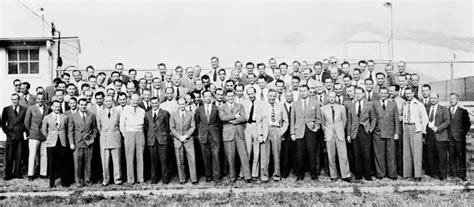
The need to not only seize but also understand and replicate these advanced “innovations” meant that the scientists behind them were indispensable.
What started as a temporary “advisory role” of the “chosen, rare minds” quickly morphed into a long-term commitment, turning what was meant to be a short-term mission into a permanent immigration program, securing not just their knowledge but their place in the future of American military and technological dominance.

John McCloy’s Role in Operation Paperclip and Nazi War Criminal Pardons
John McCloy was a central figure in the U.S. government's post-World War II decisions regarding former Nazis, and his influence was deeply intertwined with Operation Paperclip. As the U.S. High Commissioner for Germany (1949–1952), McCloy had a pivotal role in the broader strategy of recruiting Nazi scientists and intelligence officers to aid in American military and scientific advancements. While McCloy wasn’t directly responsible for the day-to-day management of Operation Paperclip, his decisions regarding war criminal pardons and his powerful connections within U.S. military and financial circles paved the way for the operation's success.

One of the most controversial aspects of McCloy’s tenure was his role in granting clemency to Nazi numerous war criminals. McCloy approved the commutation or pardon of a number of prominent Nazis convicted at the Nuremberg Trials, many of whom had direct ties to Germany's military-industrial complex.
Critics argue that these pardons were made not out of a desire for justice but in pursuit of strategic goals — namely, to integrate former Nazis into the U.S. military and scientific apparatus, where their expertise would help the U.S. gain a technological edge during the Cold War.
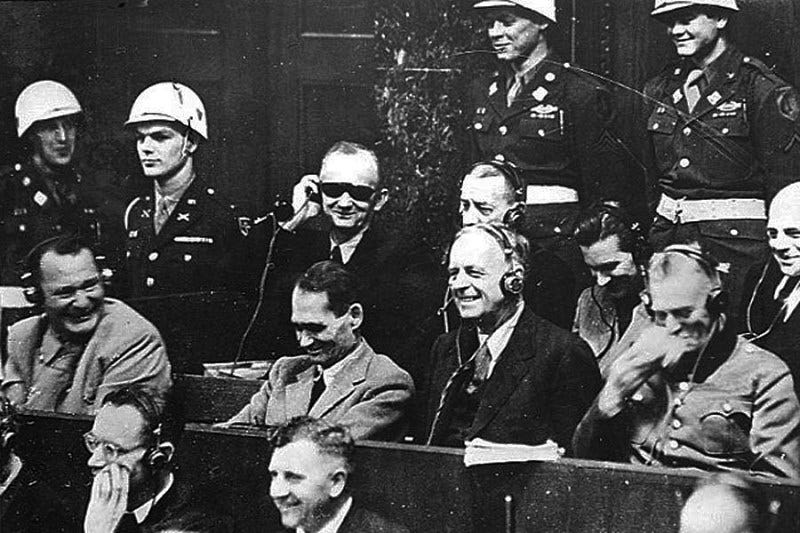
McCloy’s actions have been seen as morally questionable, considering the nature of the crimes committed by these individuals, but they were consistent with a larger geopolitical strategy that prioritized U.S. military supremacy.
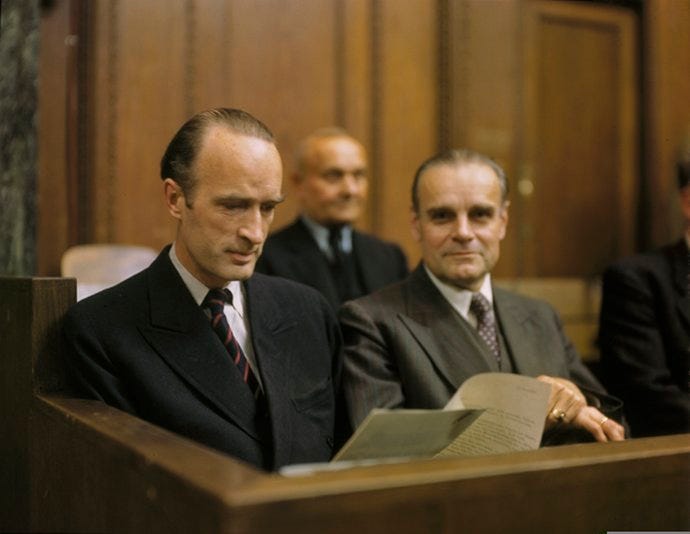
In this context, McCloy’s involvement with Operation Paperclip can be understood as part of a calculated effort to harness the scientific knowledge of former Nazis, particularly those with expertise in rocket science and aerospace.
While McCloy’s direct involvement in managing the operation remains unclear, it’s undeniable that his actions — including his role in overseeing the post-war German landscape — contributed significantly to the integration of Nazi scientists into American defense programs, despite their troubling pasts.
The Mystery Behind the Name "Operation Overcast" and Its Evolution
The original name for Operation Paperclip was Operation Overcast. The name has always been shrouded in mystery, much like the operation itself. While it’s clear that the U.S. military was the driving force behind the operation, it’s not entirely clear who specifically came up with the term “Overcast.” Likely chosen to convey a sense of secrecy or something "clouded" and hidden, the name was well-suited to the covert nature of the operation, which aimed to relocate Nazi scientists and their critical knowledge to the U.S. in the wake of Nazi Germany’s collapse. The name was likely a reflection of the U.S. government’s desire to keep the operation under wraps, avoiding public scrutiny while still securing the scientific expertise of these individuals.
However, as rumors about the operation spread, particularly in Germany, where local communities began to hear whispers of the influx of former Nazis into the U.S., the name was quietly changed to Operation Paperclip. The term “paperclip” referred to the small clips used to attach Nazi scientists' personal files to their records, and it became a symbol of the cover-up efforts — a way to conceal their Nazi affiliations while presenting them as innocuous scientific assets. This rebranding was likely a calculated move to avoid drawing public attention to the controversial nature of the operation and to deflect questions about the moral compromises involved.
Though the exact origin of Operation Overcast and its later renaming to Operation Paperclip remains unclear, one thing is certain: the name change was more than just cosmetic. It was a strategic decision to obscure the true nature of what the U.S. government was doing.

As the U.S. sought to integrate former Nazis into its ranks for their technological expertise, the government was determined to keep the operation hidden from public view.

Operation Overcast was a name that hinted at something mysterious, but Operation Paperclip became the ultimate cover-up — a seemingly benign term that obscured the dark history of the individuals being brought into the U.S. to shape the future of military and scientific advancement.

In the end, whether it was the need to conceal the operation’s true goals or the desire to protect the Nazi scientists from public outrage, the renaming of the operation reflects the deep desire for secrecy and control.
The true legacy of Operation Paperclip — from the scientific expertise it secured to the moral compromises it involved — continues to have ripple effects today, as we still question the long-term ramifications of those decisions and the influence it still has today.


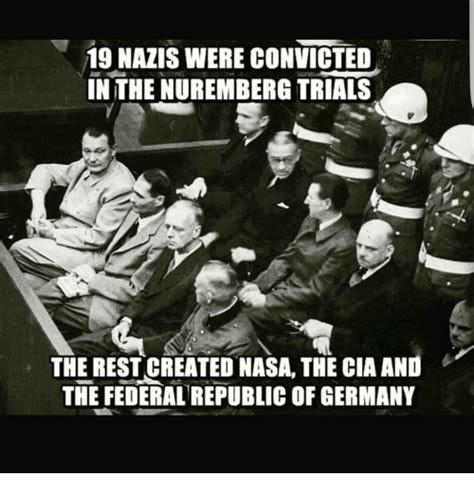

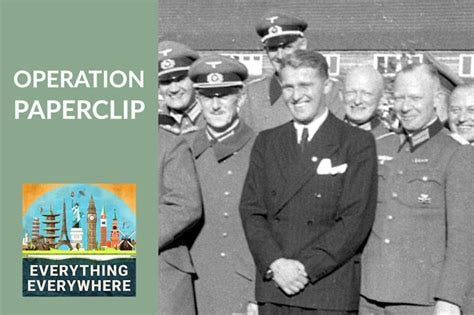

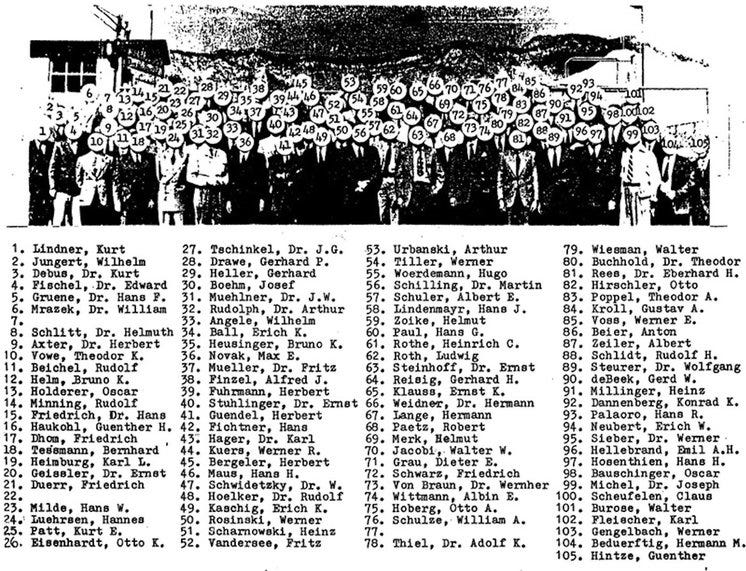

...an' they all got new names an' well-payin' chobs an' us citizenship an' cars that drive on the other side... an' super-swell houses in the "boibs" (mostly joisy I hear)...all on the taxpayer dime! yup, our "boys" went ta fight 'em, many came back in pine boxes, an' we brought our so called "enemies" back in style... if they wrote it as a hollywood script nobuddy would'a believed it...
https://rumble.com/v5jbi7x-why-no-one-could-find-mengele-allen-dulles-and-the-german-ss-ep-1048.html
The Vatican has all knowledge… how many Nazis were actually funneled out the church to Canada, England, Brazil, Argentina and America…
https://rumble.com/v5hb2t5-pope-finally-opens-up-the-vatican-archives-of-ww2-on-march-2-2020-v2.html
Somethings strange about that March 2, 2020 date right before the lockdown-demic…
https://www.npr.org/2020/03/02/811170588/vatican-opens-archives-of-world-war-ii-era-pope-pius-xii